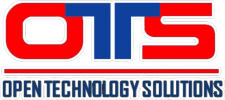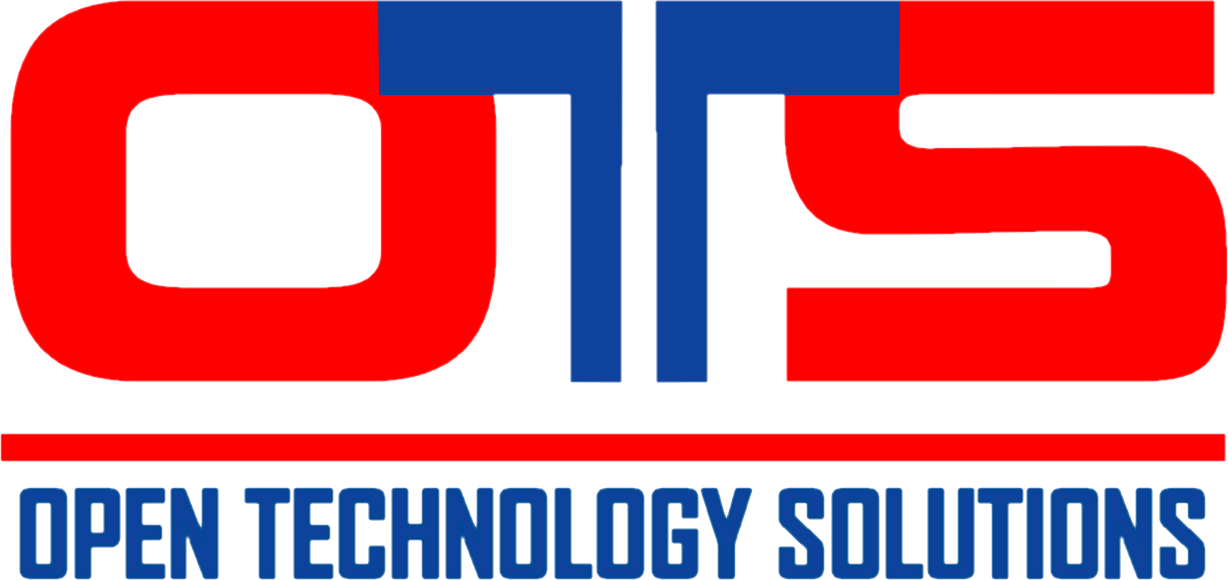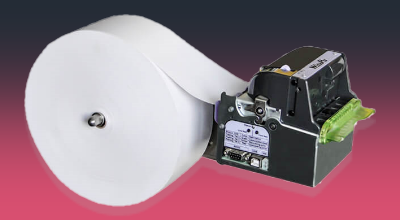Selecting the right printer for self-service terminals (kiosks) is not always easy. What makes a kiosk application different from other printing applications? Two major differences are: No one is there to take care of the printer, for example to clear paper jams. The printer will be facing thousands of different users, none of whom have been trained to operate the unit.
When selecting a printer for your application, consider that the cost of a single service call may well take all the profit out of buying cheaper solution compared to a more reliable one.
Some printer cut/tear off ways
1.Print and tear off
This is the simplest type of kiosk printer with the following advantages and disadvantages:
Advantages:
Very low cost
The most compact solution of them all
Disadvantages:
Very easy to get paper jams
The customer can pull the receipt while it is being printed
Customers need practice tearing off the receipt in a correct way
2.Print and cut
By adding a cutter, you eliminate the problem of the customer tearing off the receipt incorrectly.
Advantages:
Low cost Compact design
Easy to build in
Disadvantages:
Very easy to get paper jams
The customer can pull the receipt while it is being printed
3.Print, cut, and drop
This design reduced the customer’s ability to pull the receipt while it is being printed. Our experience with this technique is that the receipts do not always drop down as wanted due to the so called “chimney effect” (air blowing into the paper exit chute due to wind, draft or lower air pressure inside the cabinet caused by heat dissipation inside the cabinet, fans, etc.). Also, receipts tend to stick to the chute due to static electricity. There is also a risk that customers leave receipts in the chute or that people use the chute as waste bin.
Advantages:
Low cost
Compact design Easy to build in
Disadvantages:
Easy to get paper jams
The chute fills up if customers do not collect their receipts Sensitive to draft
Delivery of receipt not secured
4.Print, cut, and dispense
There are different types of presenters that eliminate the problems described earlier. A typical presenter stores the receipt during printing, then cuts and presents the complete receipt. A common dispenser stores the receipt between feed rollers. The length of the feed roller path (L) determines the maximum receipt length. If a longer receipt is desired, the receipt reaches the output before being completely printed, again making it possible for the customer to pull the receipt. The only solution here is to replace or rebuild the printer.
Advantages:
Customer does not get receipt until it is ready
Disadvantages:
Higher cost Takes up a lot of space
Long transport distance slows down presentation of short receipts
5.Looping presenter
The printer mechanism prints and feeds the paper into a presenter module. The feed rollers of the presenter rotate slowly, catching the receipt as it approaches the output. An output sensor detects the receipt and immediately stops the outer feed rollers. The ribs in the presenter have now bent the receipt slightly upwards. This initiates the loop buildup, and as more of the receipt is printed, the loop expands. Kiosk designers have complete flexibility as to receipt length.
When the receipt is printed, the cutter cuts it off and the presenter outputs the receipt to the customer. The application software can be set to eject the receipt, or to hold it in the outer feed rollers until the customer picks it up. An optional shutter prevents vandals from inserting foreign objects into the receipt outlet from outside of the kiosk.
The output sensor detects if the customer has taken the receipt or not, and ejects any uncollected receipts or other foreign objects prior to printing the next receipt.



